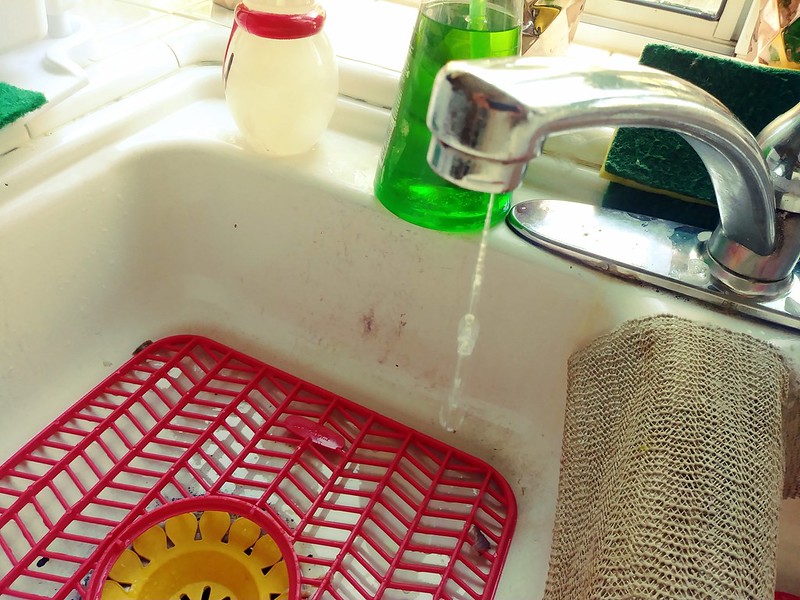We have all heard the sound of a leaking faucet, and many have not calculated the cost of even a slow leak. The sound of slow and steady water droplets occurring repeatedly in the night can be enough to make a person go crazy. Aside from the annoying noise, this little terror of a plumbing problem can end up costing you hundreds. In reality, one drop of water is worth a fraction of a fraction of a penny.
 Source: Flickr
Source: FlickrAll it takes is a little mathematical skill to realize the effects that faulty faucets are having on your bill.
The numbers do not lie
With some help from the drip calculator (seriously it is a website where you can figure out precisely how much water is being wasted), we can have some fun. Let’s say one faucet in your home is dripping at a rate of 5 drops a second. Over the course of a year, it will have wasted 175 gallons of water. That water and the money spent letting it drip right down the drain could have been put to better use.
But what if we zoom out and look at the bigger picture. Maxing out the calculator’s variables to 1 million homes brings that annual figure to 173 million gallons! The cost? About $20 million or so. This is a substantial amount of water waste. It’s easy for us to forget that water is a valuable, precious natural resource.
Thus, it is the responsibility of every homeowner to ensure their plumbing systems are in top shape. If you don’t care about saving money, do it for the environment. If you don’t care about the environment, do it to save money. And if you don’t care about either of those things, do it so you don’t lose your mind!
Fix Those Faucets:
If you are not comfortable with a diy fix, call a plumber and watch him do it. You can fix the next leak. Fixing a leaky faucet isn’t too hard of a plumbing job, but it can be frustrating if you don’t know the proper steps.
-
-
-
The first thing to do is shut the water supply valve off.
-
Proceed by plugging the drain to prevent nuts and bolts from accidentally falling inside.
-
Carefully remove the sink’s fixtures.
-
Replace the O-rings if they appear to be worn out, as this is a common cause of faucet leaks.
-
As well, check all the seals and clean the internal components of any mineral deposits before reassembling the faucet.
- Make sure all connections are snug; test to see if the leak is still present by turning the valve back on. If you are lucky, the slow drip will be history! If not, call a professional or try, try again.
-
-
